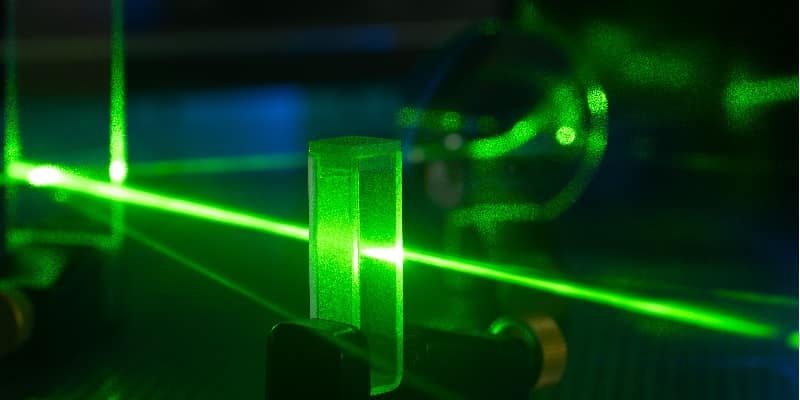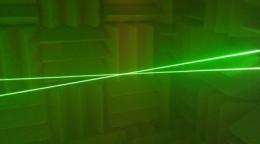Coherence radiation based on nano-microelectronics PhD
Researcher and author: Dr. ( Afshin Rashid)
Note: The characteristic of nano-laser emitted light is its "coherence" due to which the energy dissipated by the nano-laser beam is less than that of the lamp beam. It moves evenly and as a result there is no phase difference between its waves. In this way, its beam will be very strong.
Coherence is one of the physical properties of waves. In physics, two wave sources are perfectly identical if both have the same phase difference. This is an ideal property of waves that cause standing interference (standing wave is generated). In this feature, the power of the waves to interfere with each other is measured. Divide into two parts and create a new spring with each of them, so-called two secondary springs are made from a primary spring. Any (random) change in phase that occurs in one of them is exactly the same in the other, so the phase of secondary springs remains constant. The two springs, which are thus derived from a primary spring and have a constant phase relationship, are called coherents and the resulting light waves are coherent waves.
There must be two conditions for the nano-laser light wave to be coherent. The resulting wave must be a single frequency with a large approximation. That is, the frequency scatter with a small linear width. And the wave front must have a certain shape, so that it does not change over time. The front is a surface wave composed of points with the same phase. A light source produces wave points whose phase is at the same distance from the fixed source. According to the coherence conditions, two types of coherence are conceivable.
_ همدوسی زمان
Spatial coherence
Temporal coherence
In the case of coherence, we express the first condition of coherence being a single frequency wave. If this condition is met, then coherence is called temporal coherence. Temporal coherence means that the relative phases between two time points must be constant over a relatively long period of time. Thus, with temporal coherence, it is possible to predict the phase and amplitude after the known time interval between the initial and final controls. If this prediction process can be repeated some time later, then it is said that there is a time coherence of equal magnitude and with the prediction intervals.
Spatial coherence
As the first condition of coherence conditions, the shape of the wave front should not change with time. If this condition is met, then the resulting light is called spatial coherence. In other words, a wave is called spatial coherence when there is a constant phase difference between the two selected points on the wave front. A fixed term guarantees sufficient time to perform an operation on the wave front, such as eye observation or photography . In other words, spatial coherence requires the relative phases to remain constant between two spatial points over a relatively long period of time. In each case, the longer the interval, the greater the coherence. For a coherent light source to be complete, it must have spatial coherence in addition to temporal coherence.
Conclusion:
The characteristic of light emitted from a nano-laser is its "coherence" due to which the energy dissipated by the nano-laser beam is less than that emitted by the lamp. As a result, there is no phase difference between the waves. In this way, its beam will be very strong.
Researcher and author: Dr. ( Afshin Rashid)
PhD in Nano-Microelectronics






